Dodgeball, often perceived as a simple schoolyard game, is in reality a sport rich with strategic depth and tactical nuance. Beyond the basic objective of eliminating opponents by hitting them with a ball, successful teams employ a variety of tactics to outmaneuver their rivals. The game demands quick reflexes, precise throws, and well-coordinated teamwork. Whether played recreationally or competitively, understanding and executing effective dodgeball strategies can make the difference between victory and defeat.
The foundation of any strong dodgeball team lies in its defensive maneuvers. Players must master the art of evasion, using quick footwork and spatial awareness to avoid incoming throws. Ducking, weaving, and sidestepping are essential skills, but advanced players often incorporate deceptive movements to mislead opponents. For instance, a sudden change in direction or a feigned stumble can cause an opponent to mistime their throw. Defensive positioning is equally critical; staying near the back of the court provides more reaction time, while staying close to teammates can facilitate quick passes and coordinated dodges.
On the offensive side, accuracy and timing are paramount. A well-aimed throw can eliminate an opponent in an instant, but a missed shot leaves the thrower vulnerable. Many teams employ a strategy known as "target prioritization," focusing their throws on the most skilled or dangerous opponents first. Another common tactic is the "fake-out," where a player pretends to throw the ball to force an opponent into a defensive move, only to hold onto the ball and strike when the opponent is off-balance. Team throws, where multiple players target a single opponent simultaneously, can also overwhelm even the most agile defenders.
Ball control is another crucial aspect of dodgeball strategy. Teams that dominate possession often dictate the pace of the game. Quick retrievals of loose balls and efficient passing between teammates can keep opponents on the defensive. Some teams use a "ball hog" tactic, where one or two players hold multiple balls to limit the opposing team's offensive options. However, this requires exceptional catching and throwing skills to avoid becoming a liability. Conversely, spreading the balls evenly among teammates can create a more unpredictable and versatile offense.
Communication is the glue that holds all these tactics together. A team that communicates effectively can adapt to changing circumstances in real time. Simple verbal cues, such as calling out targets or signaling for a pass, can significantly enhance coordination. Non-verbal communication, like eye contact or hand signals, is equally important, especially in loud or chaotic environments. Experienced teams often develop their own shorthand or codes to convey complex strategies without tipping off their opponents.
Advanced teams sometimes employ psychological tactics to gain an edge. Trash talk, when used sparingly and strategically, can disrupt an opponent's focus. Similarly, maintaining a calm and composed demeanor under pressure can unnerve less experienced players. Some teams even use deliberate pacing to control the game's tempo, slowing down play to frustrate aggressive opponents or speeding up to catch defensive teams off guard. The mental aspect of dodgeball is often as important as the physical.
In competitive dodgeball, specialized roles often emerge within teams. Some players excel as "snipers," with pinpoint accuracy for long-range throws, while others thrive as "catchers," specializing in catching opponents' throws to eliminate them and bring teammates back into the game. "Blockers" use their bodies or the balls to shield teammates from incoming throws, while "rushers" focus on quickly retrieving balls at the start of the game. Identifying and leveraging each player's strengths is key to building a well-rounded team.
Adaptability is perhaps the most underrated yet essential tactical skill in dodgeball. No strategy works in every situation, and opponents will inevitably counter even the most well-laid plans. Successful teams can read the flow of the game and adjust their tactics accordingly. This might mean switching from an aggressive offensive stance to a more conservative defensive approach when outnumbered or changing target priorities based on which opponents pose the greatest threat. The ability to think several moves ahead, much like in chess, separates good teams from great ones.
As dodgeball continues to evolve as a competitive sport, so too do its strategies and tactics. What was once considered a simple game of throw and dodge has transformed into a complex test of skill, strategy, and teamwork. Whether you're playing for fun or in a high-stakes tournament, understanding these tactical elements can elevate your game and provide a more rewarding dodgeball experience.
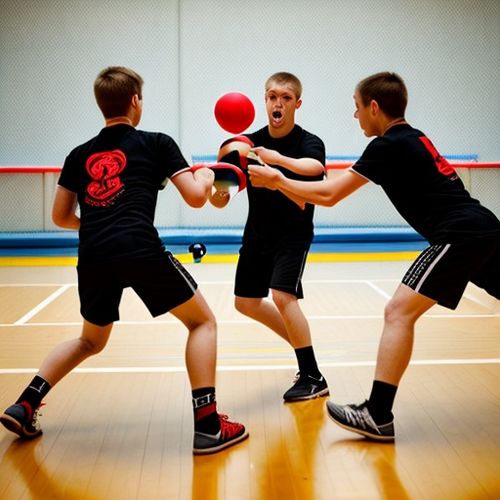
By Christopher Harris/May 8, 2025
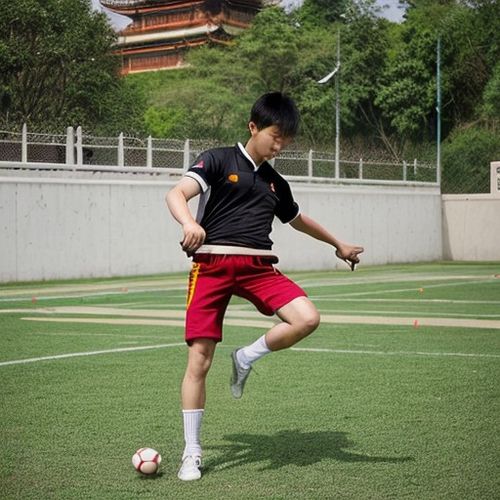
By Laura Wilson/May 8, 2025
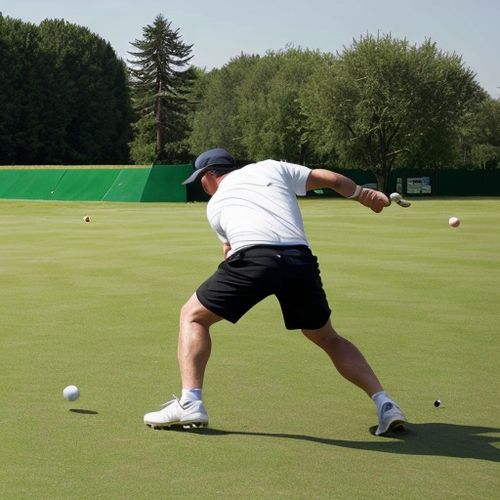
By Amanda Phillips/May 8, 2025

By William Miller/May 8, 2025
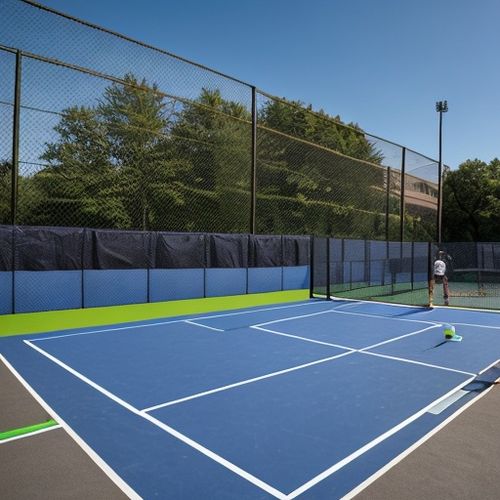
By Noah Bell/May 8, 2025
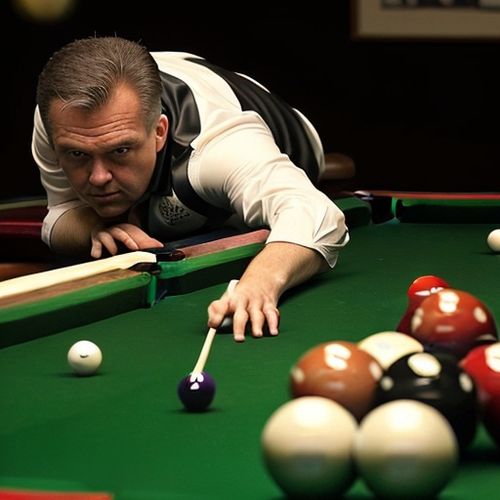
By Elizabeth Taylor/May 8, 2025

By Joshua Howard/May 8, 2025
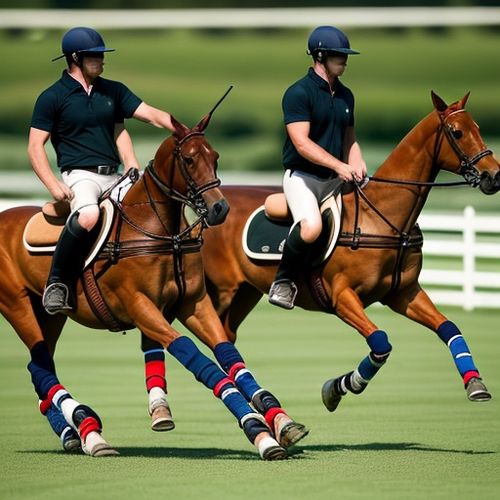
By Ryan Martin/May 8, 2025
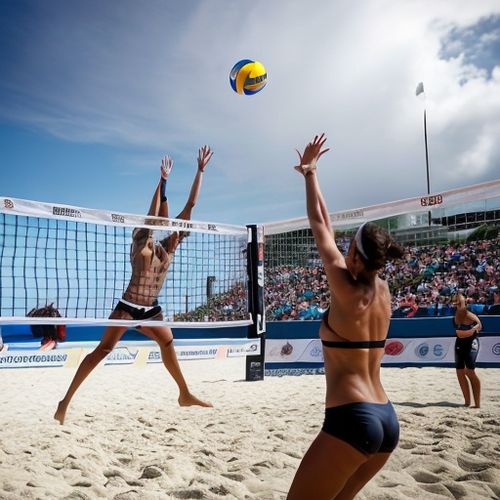
By George Bailey/May 8, 2025
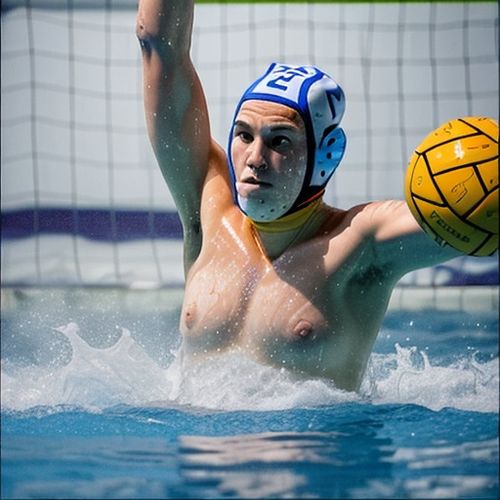
By Natalie Campbell/May 8, 2025
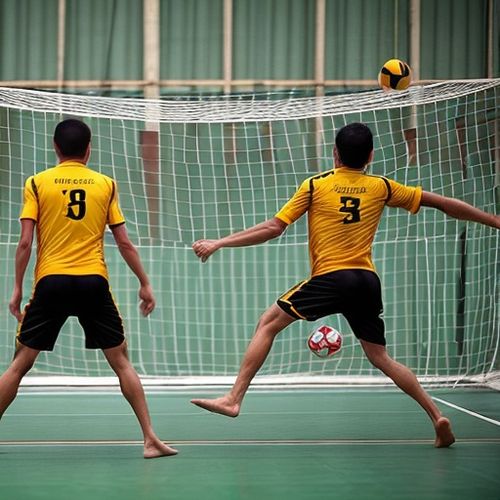
By Joshua Howard/May 8, 2025
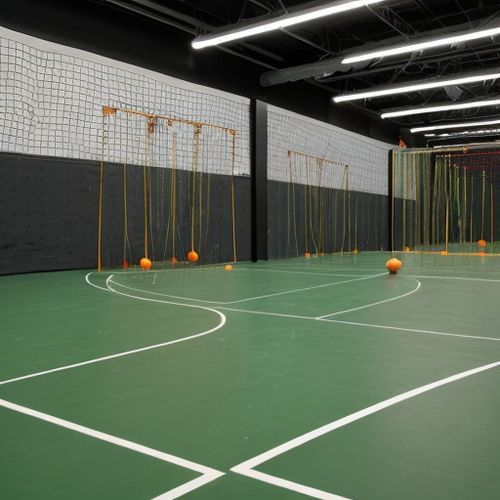
By Elizabeth Taylor/May 8, 2025
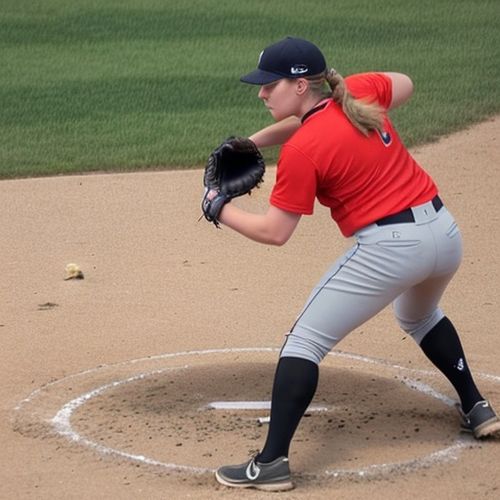
By Samuel Cooper/May 8, 2025
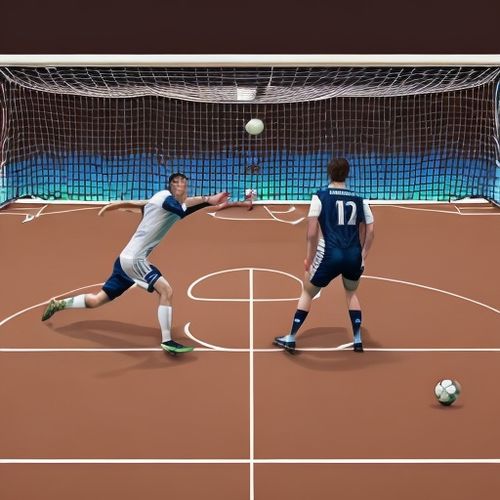
By Joshua Howard/May 8, 2025
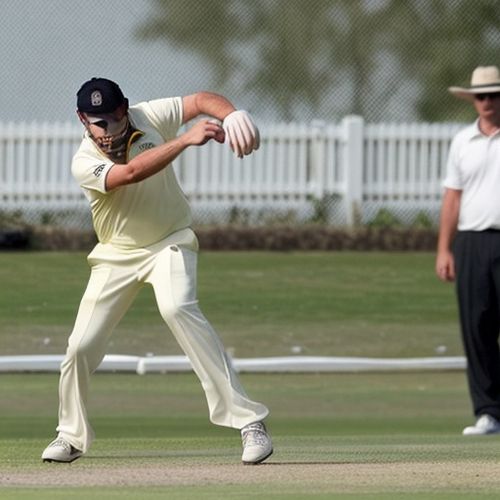
By Grace Cox/May 8, 2025
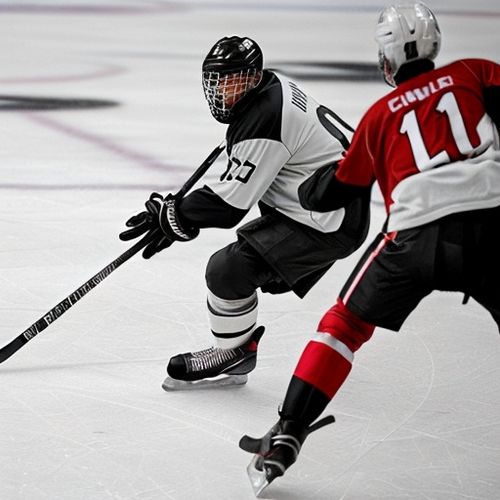
By Christopher Harris/May 8, 2025

By Samuel Cooper/May 8, 2025

By Sophia Lewis/May 8, 2025
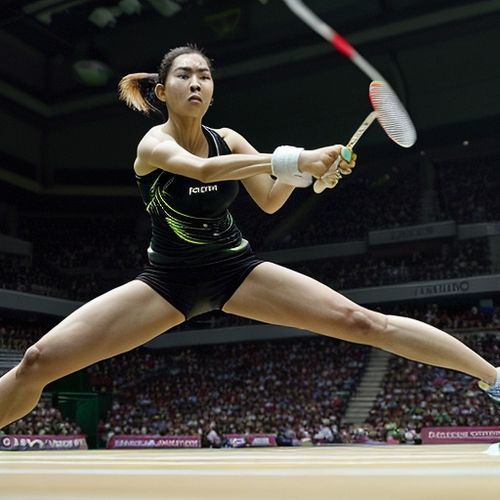
By Eric Ward/May 8, 2025
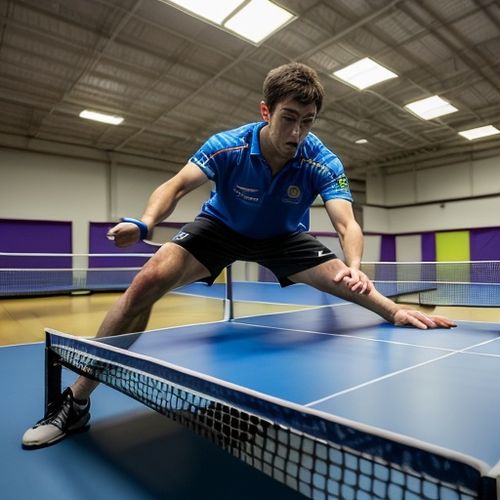
By Sarah Davis/May 8, 2025